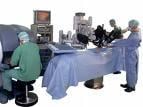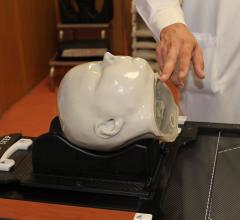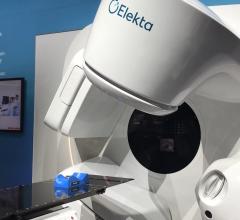
August 11, 2009 - Despite a hurried rise in robotic urological surgery in the past 10 years as hospitals try to stay competitive in offering patients the latest technology, no standardized training or credentialing process is in place to test surgeon competency and safety with the da Vinci Robotic Surgical System, leaving many patients and medical centers at risk for error and injury. An article published in the September issue of the Journal of Urology recommends guidelines to safely implement robot-assisted radical prostatectomy (RARP), or robotic prostate cancer removal surgery.
According to the authors, two distinct forms of supervision need to be regulated during the learning curve period: proctoring, the observation and assessment by a more experienced surgeon of the novice surgeon; and preceptoring, an active, hands-on approach where the experienced surgeon assists a less experienced surgeon in new skills.
Zorn is a proctor; he has performed more than 500 RARPs. Surgeons at Weiss Memorial Hospital and its affiliated University of Chicago Medical Center have conducted more than 2,500 RUS procedures.
With an estimated 85 percent of all radical prostatectomies this year being performed robotically (more than double the number from just three years ago) and an estimated two new medical centers implementing a robot every week, the Society of Urologic Robotic Surgeons (SURS) suggests 11 parameters to assist hospitals and physicians to ensure safety and competence in credentialing surgeons. They include:
? Establishing a national certification authority that would institute and uphold standards for safe introduction of RARP and file follow-up reports to an institutional credentialing committee;
? Credentialing of institutions and individuals based on standards, including specific training, certification courses, departmental staffing and infrastructure;
? Increasing the number of regional centers to assist with preceptoring through mini-residency programs;
? Indemnifying the proctor against any possible legal implications while performing proctoring services for RARP; and
? Obtaining informed consent from the patient with regards to the role of the proctor during the surgery and thereafter.
The authors see one way of increasing the pool of available proctors to make these guidelines possible through telemedicine technology, which allows an expert surgeon stationed remotely to observe, oversee and actively supervise a procedure being conducted by a surgeon learner at his or her institution.
Bradley Schwartz, M.D., director of the Center for Laparoscopy, Endourology and Robotic Surgery and professor of urology at Southern Illinois University School of Medicine, who wrote an editorial in the Journal of Urology reviewing the article. He sees training and credentialing of surgeons paramount to the success of robotic surgery now and in the future.
For more information: www.weisshospital.com/robotic-surgery/SURS and www.jurology.com


 September 12, 2025
September 12, 2025 









